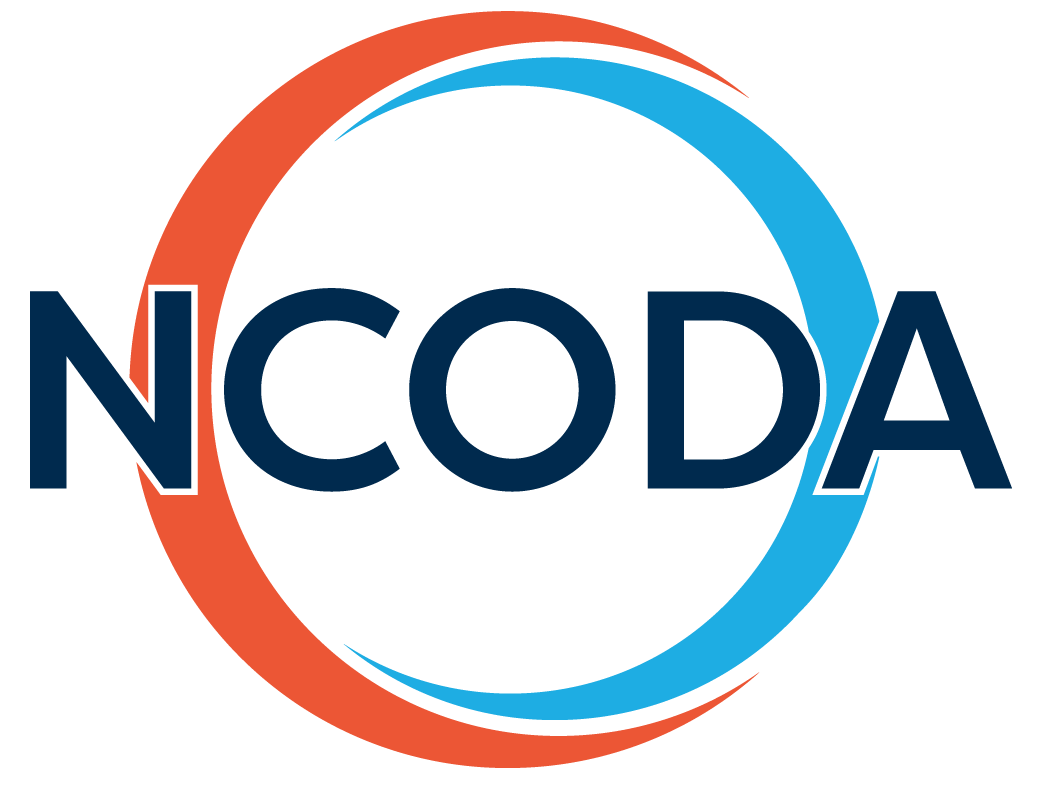2025 International Fall Summit
October 15, 2025 | 12:00 PM EST
Oncology Legislation Tracker
This tool allows busy healthcare professionals to become more active participants in their state’s legislative affairs that directly impact their practice and the patients they serve.

MONITOR STATE ONCOLOGY LEGISLATION EFFICIENTLY & EFFECTIVELY
The NCODA Oncology State Legislation Tracking Tool provides comprehensive access to the most up-to-date information on state legislation interests related to oncology health policy. This NCODA member tool allows users to select individual states of interest and access relevant bill numbers, complete bill readings, a brief bill summary and a ‘why it matters’ section for each bill.
PBM-Focused Legislation Map
Explore state and federal legislation specifically addressing Pharmacy Benefit Managers (PBMs). This interactive map highlights current and proposed laws impacting PBM practices, transparency, and regulation in oncology care.
Legislative Glossary
This glossary provides clear, updated definitions of key terms related to healthcare policy, insurance coverage, pharmacy benefit management, and medication distribution. It is designed as a practical reference, offering real-world examples and reliable sources to support understanding—especially in the context of pharmacy and patient care.
This tool is revolutionary in how much of an impact it will make for all practices that are trying to navigate state health policy change. It’s difficult for state practices to be involved in policy, and NCODA’s State Legislation Tracker is really going to help us be up-to-date on the recent policy changes in different states to help each state understand how and where they need to act to be effective.
Debra Patt, MD, PhD, MBA
Executive Vice President of Policy and Strategy | Texas Oncology






